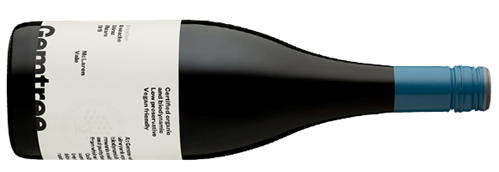 "Our organic and biodynamic credentials have roots as deep as our decades-old vines because we firmly believe it is our responsibility to improve the land for future generations. Healthy soils lead to a healthy ecosystem and that rewards both us and you with the gems from which we craft our fine wines." Gemtree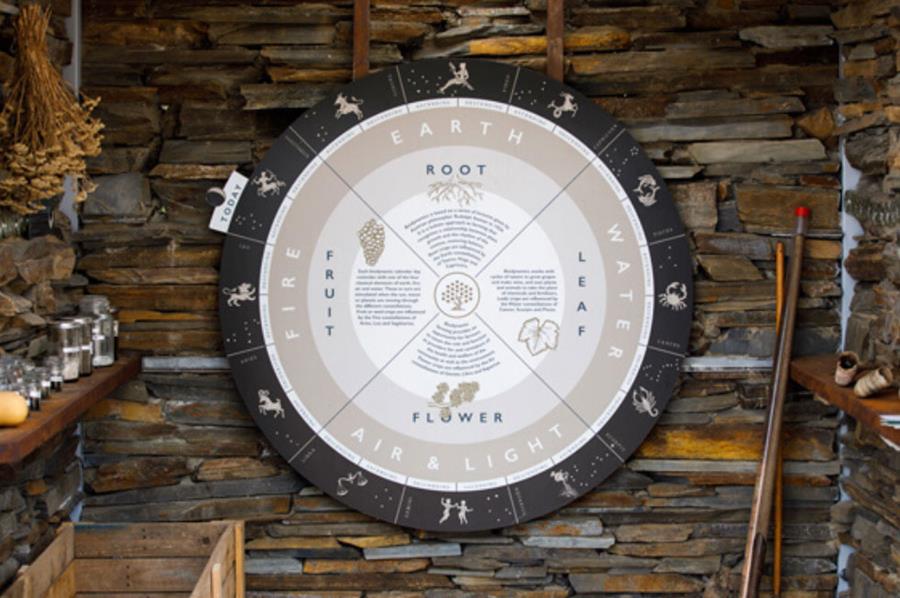 Who better to ask than Mike and Melissa from Gemtree who have provided a fascinating insight into their world of biodynamic winemaking…The PrinciplesFirstly, and to bridge the gap between those readers who are and are not ‘in the know’ of biodynamics, how would you describe its principles in layman’s terms?I describe it as being the same as organic but there is more to it. The main focus is on soil fertility and a recognition that the moon has a gravitational effect on the earth. Just as the lunar cycle has an effect on the tides it also has an effect on nature and even us humans. Biodynamics is a holistic approach to farming – it’s not just about looking after the crop you are growing but the entire farm or land you are custodian of. You often describe biodynamic practices as the extension of organic farming. What are the main benefits associated with biodynamics that you can’t achieve with organic practices alone?Timing of operations in tune with the lunar cycle to achieve maximum benefit. For example, spraying out 500 (horn manure, a soil activator) when the moon is descending and earthly forces are drawing in, is the optimum time for that preparation. Likewise, we apply preparation 501 (ground clear quartz that aids in photosynthesis and uptake of soil minerals) when the moon is ascending. Another example is harvesting our grapes on a fruit day according to the astro calendar. This is when the fruit will have maximum concentration and flavour. If I was a potato farmer, planting my crop on a root day will achieve a better result than planting on a leaf day (Maria Thun devoted her life to researching this phenomenon and the results are in her book). Are there any biodynamic principles that you feel sceptical about?I haven’t had much luck with weed teas. I’m also yet to test out peppering to deter pests, so until I can prove to myself that it works, I’ll remain a little sceptical! I haven’t really delved into the area of radionics either. I would describe myself as more down to earth rather than spiritual and I need proof before I will believe something. What would you say are the primary misconceptions about biodynamics today and can you elaborate to disprove the misunderstandings?That it’s some kind of witchcraft and we spray moon juice! Also, that the lunar cycle does not have an effect on what happens on our planet and there are no tangible benefits. Maria Thun’s research is proof that the lunar cycle and timing of operations has a role to play in farming. We ran our own trial here at Gemtree for 6 years in a Cabernet Sauvignon block comparing conventional (red), biodynamic and organic (green). The level of organic matter in the green areas was higher than the red, which is no surprise and there are so many benefits that come with higher levels of organic matter. The trial also comprised a sensory component where we tasted the wines from the different plots. It was a blind tasting that involved winemakers and researchers and the biodynamic wine was picked as the one with best flavour. Do you take a different approach when explaining biodynamic principles to a) customers b) fellow winemakers and c) farmers?Not really. Biodynamics is for everyone and can be used in both home gardens and farms. Biodynamics also encourages people to think more about the produce they buy, how it is grown, how much nutrition it contains and how much damage is being done or not, to country (as Aborigines refer to the land) by farming.  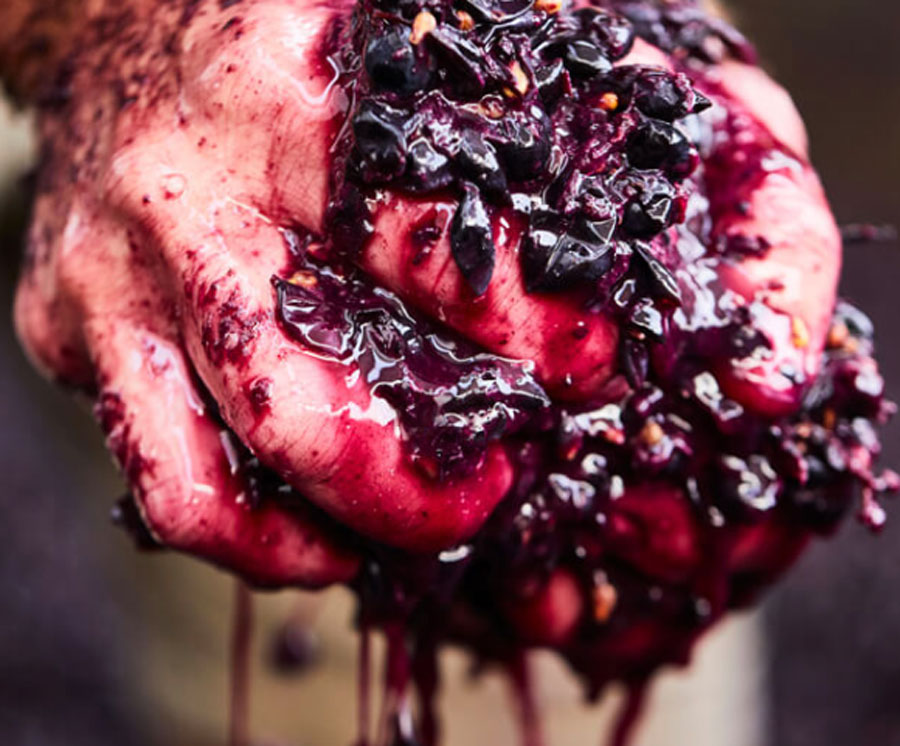 Your Own ExperienceWhat were your main concerns and doubts when you converted the vineyard to biodynamic?My main concern was pests and diseases and how we would control them. I was also concerned at the drop in yield that occurred while we were trying to work out how much weed control was necessary. As it’s turned out, I had more problems with pests and disease in the vineyard when the vineyards were conventionally farmed. Our yields are on a par with the rest of the region and quality has improved. We understand it took a lot of persuading, but you managed to convince Melissa’s dad to introduce biodynamic practices in a part of Gemtree’s vineyards back in 2000s. What do you think were the deciding factors which ultimately swayed the opinion / decision / converted a straight ‘no’ to ‘let’s give it a try’?There were a number of factors that came into play:
 Which principles do you find most effective in your own vineyards and which practices (if any) have failed over time?Removal of herbicides and pesticides (poisons) from the eco-system is the first and critical step, then applying remedies to help repair the damage done. Preparations 500 and 501 were sprayed 4 times a year and compost applied annually to build up organic matter levels in the soil and restore equilibrium to the soil food web and atmosphere. I also use a lot of seaweed as a plant tonic and believe this builds resilience. Weed teas failed and I’m yet to find an effective method for dealing with snails. It also takes longer for a newly planted vineyard to become established taking 4 years to get a first crop instead of 3. Practically speaking, how difficult is biodynamic farming as opposed to organic and traditional methods?Are there any elements which make farming life easier at all?The number one thing that puts people off is dealing with the weeds. We now spend a lot more time on weed control using sheep which involves moving them around a fair bit as the best results occur when they are kept in small ‘cells’ and moved frequently. The sheep are our post-harvest and dormancy weeders and during the growing season we use mechanical methods of weed control which include a dodge plough, finger weeder, knife and undervine mower depending on the soil type and situation. As I mentioned previously, our vines are more resilient and we have less pest and disease problems which makes life easier.  How biodynamics affect the wineClearly, one way of showcasing the benefits of biodynamics (or even converting the sceptics) is to open a bottle of Gemtree. For us, the sense of purity and balance is clear to see. Could you please describe a handful of major benefits of biodynamics and how they translate to the wine’s structure and flavour?Would it be fair to say that you produce ‘natural wines’ in the most complete sense or is this a rather trendy concept?Since converting to biodynamic farming the vines are producing grapes that are more balanced and the wines ferment cleaner, meaning they don’t require fining to remove unwanted compounds. The wines now have an energy about them waiting to be unleashed in the glass. This is particularly evident in the Subterra Shiraz that ages in a barrel under the ground and the Luna Temprana Tempranillo as both these wines are preservative free resulting in pure expression of fruit and terroir. “Natural wines” can be a fairly broad term. We would say that we make biodynamic and organic wines, and we farm naturally. Mike and the rest of the winemaking team love the curiosity of winemaking, and innovation in the wine cellar keeps the wines interesting!   History and FutureMany people refuse to believe in biodynamics due to its close relationship with astrology and holistic pseudoscience. However, it is also linked with practices of ancient agronomy and it conveys a strong focus on soil science. Do you think that biodynamics have the potential to become an academic science?Yes I do. The evidence of the benefits is clear to me and also from many articles I have read. For example, results from a recent study were published in the Biodynamic Agriculture Australia Newsletter. Comparison trials between biodynamic and organic growing on the one hand, and conventional on the other, were carried out in the late 1990’s with winter rye by the Research Institute of Organic Agriculture in Switzerland (the DOK trial). The six sets of results are as follows: Do you think there is still much left to discover and explain? Is this a growing area of research / interest?Yes I do. Not enough research has been done on the positive benefits of biodynamic farming. I think it is a growing area of interest for many. Humans have done so much damage to our planet and people like myself are concerned and want to take actions in their lives that will have a positive impact instead of a negative one. Do you see more Aussie producers (wine growers and food farmers alike) converting in the near future?Yes definitely. The level of interest from when we first started using biodynamics 15 years ago to now is increasing which is why we run tours teaching people about the biodynamic methods. Sadly, organic and biodynamic farming seems unlikely to take over the world where commercial farming and the need for scale take priority over quality or even over the environment. Do you think there is a possibility of achieving a golden mean or are they destined to remain polarising opposites?That is a tough question! Will good triumph over evil is what you are asking. I recently watched a documentary on Netflix called Kiss the Ground. My wish is that everyone in the world involved in politics and agriculture watches it, but that won’t happen. The film is about how soil management can have a major impact on reducing climate change and soil erosion. It looks back on past mistakes and what we can do to make things better in the future. It had such an impact on Mike and me that we hired a venue so that our whole team could watch it. With the global commitment towards a greener future, which organic or biodynamic practices have a realistic potential to be implemented in farming across the globe?My hope is there will be less reliance on herbicides and farmers will find a more environmentally friendly way of managing weeds. Compost has so many benefits – recycling waste to reduce landfill that is then put back on the land to improve it. Using more biological methods of pest and disease control. If you were in charge of environmental health globally, what other steps (not necessarily relating to farming) would you introduce in order to help create a greener future?I just bought a hybrid vehicle and I love it!! I’ve been waiting for something suitable that I could drive in the vineyard to come on the market. Hybrid and electrical vehicles should be mandatory moving forward. Multinational companies should have to apportion a percentage of profits to schemes that help the environment like carbon neutrality and reducing waste. Gemtree has just signed up to CleanHub – a program with a mission to reduce plastic waste going into the ocean globally.   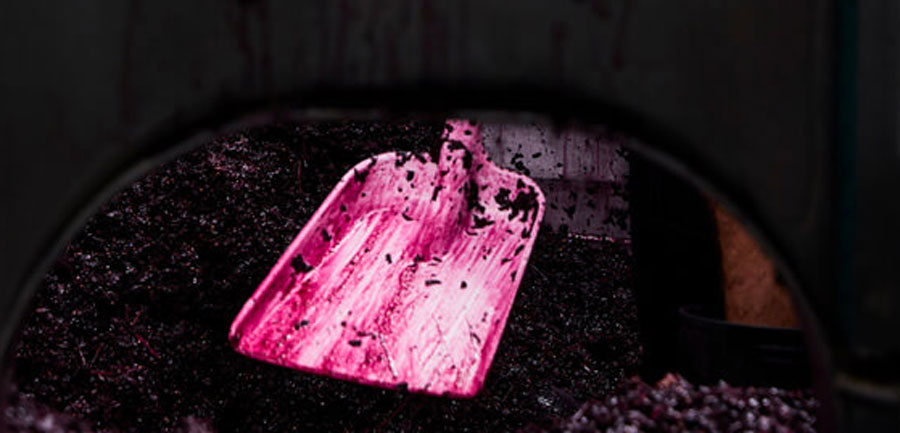 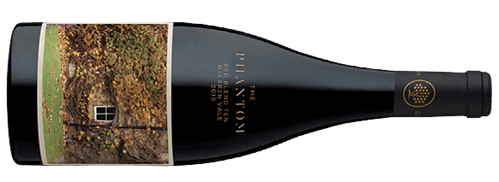 Gemtree Wines Phantom Red Blend Ten 201997-98 Points - Stuart McCloskey “A blend of 61% Cabernet Sauvignon and 39% Mataro, which and despite its tender age is singing wonderfully from the decanter (we sampled after 6 hours). The bouquet is incredibly pure and defined by sweet blueberry, mulberry, dried spice, violet, pen ink and a flicker of mint. The palate is wonderfully structured with grippy tannins – a slight huskiness which will soften with some bottle age. Without stating the obvious, there’s a lovely natural feel to the wine. There’s a succulence and coolness to the fruit which I find particularly attractive. Dark plums are in abundance – I detect a little cold metal too. Clearly, a super-classy wine filled with pedigree. Not only a triumphant Biodynamic wine, but a wine which exemplifies modern Aussie winemaking. Served using Zalto Bordeaux glassware. Drink now to 2035+” 97+ Points - Magdalena Sienkiewicz "Blackcurrants, mulberries and eucalyptus provide a strong hint of Cabernet Sauvignon which makes up the majority of the blend along with 39% Mataro. Although lush fruit dominates the nose, there is great depth and wonderful freshness which screams quality. The palate bursts with fruit, spices and herbs which show great foundations for a long, bright future ahead. Good grip from the tannins, yet they travel through the palate with a velvety touch. Great wine with lots of interest and in fact, I’m dying to see it unfold and flourish. Decant for at least 6 hours or hide it in the cellar, as this will develop beautifully over the next decade or more (in the right conditions). Sampled using Zalto Bordeaux glassware." £32.95 per bottle  Gemtree Wines Small Batch
|


